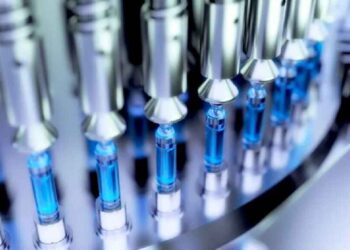The animal study tested whether using nanotechnology enables the exclusive delivery of the drug into the brain and causes analgesia (pain relief). During the test, rats were given doses of NM0127 and their response to being placed on a hot plate was monitored.
If successful in humans, this method of pain relief could offer a safer alternative to synthetic opioids, where there is risk of overdose when the body becomes tolerant. The researchers found that the animals did not build up tolerance to the natural opioid over time, lowering risk of overdose.
The delivery of natural opioids is challenging as they are broken down by the liver and must cross the blood-brain barrier when injected. However, when the researchers encapsulated the opioids in nanoparticles, which were then administered intranasally, they could be delivered straight to receptors in the brain.
There is also evidence to suggest that enkephalin administered this way could be less addictive than injected opioids, but further research is needed.
Professor Ijeoma Uchegbu, one of the study authors and professor of pharmaceutical nanoscience at University College London told Pharmaceutical Technology: “There was no evidence that the rats sought out the drug as a reward, which suggests that the drug was not addictive. We would need to test whether patients experience euphoria after using the nasal spray in order to test this further.”
Chronic pain affects 19% of European adults, with nearly half being poorly managed by current therapies. With 115 people dying from drug overdose every day in the US, the new treatment could offer an alternative to highly addictive painkillers such as synthetic opioids.
The researchers are now raising funds for the first clinical trial in humans and hope that it may eventually be used to offer pain relief for patients with bone cancer.
“The main indication would be for breakthrough pain in patients with cancer, but it could also be used with those with moderate to severe pain,” said Uchegbu.
According to Uchegbu, the researchers are currently in talks with a number of commercial partners to progress with further research



















